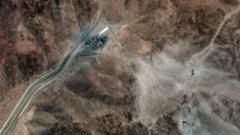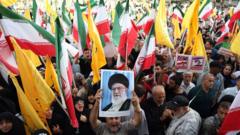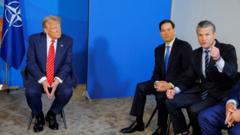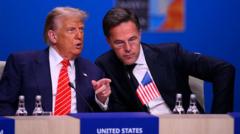CIA Director John Ratcliffe stated that US strikes have severely damaged Iran's nuclear facilities, countering a Pentagon report that downplayed the attack's effect. President Trump insists the destruction of Iran's nuclear capabilities was substantial, while communications between the US and Iran may hint at possible negotiations.
CIA Claims Major Setback for Iran's Nuclear Program Amidst Conflicting Reports
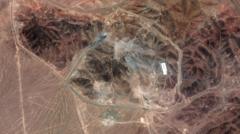
CIA Claims Major Setback for Iran's Nuclear Program Amidst Conflicting Reports
CIA Director asserts significant damage to Iran's nuclear sites despite leaked intelligence suggesting a minor impact.
The head of the CIA, John Ratcliffe, asserted that US military strikes have "severely damaged" Iran's nuclear facilities, claiming they have effectively set back the country's nuclear program for years. This statement diverges sharply from a leaked intelligence assessment from the Pentagon that suggested the core components of Iran's nuclear capabilities remain largely intact post-strike, causing frustration for President Donald Trump.
In a series of social media posts, Trump emphasized that the raid had led to an "obliteration" of Iran's nuclear facilities and accused the media of misrepresenting facts regarding the attack's effectiveness. He announced an upcoming press conference at the Pentagon to discuss the operations further, involving key military officials including Secretary of Defense Pete Hegseth.
The airstrikes occurred amid a fragile ceasefire between Israel and Iran, which Trump had a role in negotiating. While attending a NATO summit in The Hague, Trump stated that the airstrikes had devastating effects on Iran's nuclear capabilities and hinted at negotiations aimed at curbing Iran's nuclear ambitions.
According to Ratcliffe, recent intelligence indicates that multiple important Iranian nuclear sites were destroyed and would require extensive time and resources to rebuild. However, differing assessments emerged; a leaked report from the Pentagon estimated that the impacts of the bombing would set back Iran's nuclear efforts by only a few months, a conclusion reached with notable uncertainty.
New satellite images reportedly highlight the damage at Iranian facilities, particularly at sites like Fordo and Isfahan, but the extent of the damage to the underground infrastructure remains unclear. Meanwhile, the head of the UN nuclear watchdog suggested that Iran might have relocated part of its enriched uranium in advance of the attacks.
While the Iranian government acknowledged that their nuclear sites were "badly damaged," they continued to assert the peaceful nature of their nuclear program. In response to the US strikes, some Iranian officials claimed that no irreversible damage was inflicted on critical infrastructure.
In highlighting the ongoing uncertainty in assessments, experts state that the American intelligence community could produce conflicting views based on differing operational and analytical focuses. As developments unfold, the situation remains tense, with both the US and Iranian governments elaborating their positions on future negotiations and military engagements.













